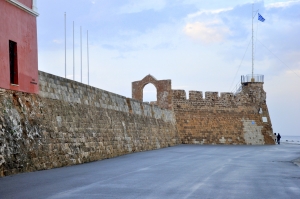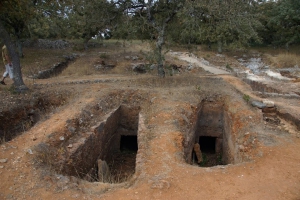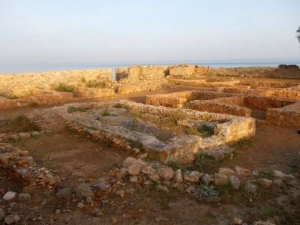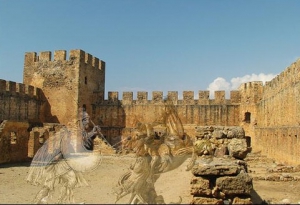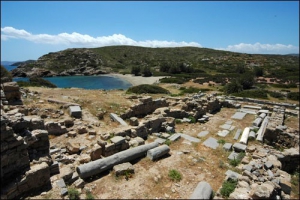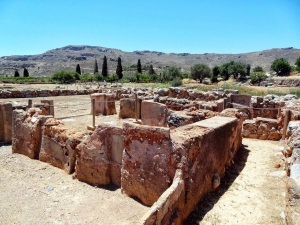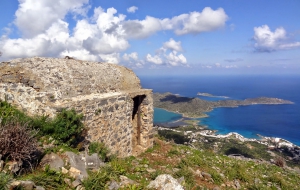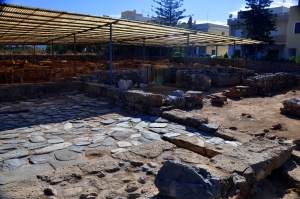On the west side of Chania harbor, the traveler can still visit Firkas fortress, still dominating a low hill and housing the modern Naval Museum of Crete. Firkas is a Turkish name and means division, as the fort housed the headquarters of the Turkish Division.
The necropolis of Armeni is situated 9km south of the town of Rethymnon, on the main road which leads to the south coast of Crete. The greatest Late Minoan III A-B (c. 1400-1200 BC) cemetery was discovered on a shallow hill called Prinokefalo, which means “hild of the wild oaks”.
The fortresses built by the Venetians along the south shores of Crete were very few, perhaps because of the lack of ports and bays. One of them, however, was the fort of Selino (in the site of modern Paleochora). This fortress was built around the neck of a protrusion of land into the sea, so as to support the domination of the Venetians in the area, which was inhabited by many rebels.
600 Greeks fought against 8000 Turks during the Battle of Frangokastello (17 May 1828). They resisted for more than one week but at the end 335 of them, with Dalianis, were killed. Dead Turks were 800. According to the legend, the bodies of the warriors remained unburried, till a strong wind moved sand from Orthi Ammos and covered the bodies.
The ancient Itanos was one of the strongest cities in Crete, especially during the Hellenistic and Greco-Roman times. The name comes from its founder Itanos, who came from Phoenicia. Its territory, during its peak, stretched from Cape Samonio (current Cape Sidero) to Cape Erythrae (current Cape Goudouras).
Zakros is located in a remote area of eastern Crete, 45km southeast of Sitia. Communication with the Mid East was faster from here during the Minoan Age, thus the Minoans built here the administrative center of Eastern Crete, with an important port. The findings are very rich (sheets of gold, ivory, jewelry, pottery, etc.) and prove the close relationship of the city with the ports of Cyprus, Egypt and the Middle East.
At a magnificent location on Mount Oxa, with panoramic views of the lagoon of Elounda, we meet the ruins of a fortified state that is believed to be ancient Naxos. Perhaps, it served as the acropolis of Olous, the ancient town of Elounda.
The mansion was firstly excavated in 1918, when four major sacred bronze axes were found. This fact, combined with the large number of religious objects in manufacturing stage, indicates that the mansion operated as a workshop for a Minoan priest who created religious objects. 700m west of the mansion, archaeologists have detected traces of a small Minoan settlement and a harbor.





